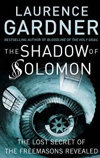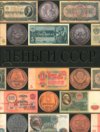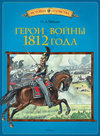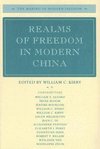
-
 Anglický jazyk
Anglický jazyk
Bronze Age writing systems
Autor: Source: Wikipedia
Source: Wikipedia. Pages: 25. Chapters: Egyptian hieroglyphs, Linear B, Linear A, Indus script, Elamite language, Byblos syllabary, Proto-Sinaitic alphabet, Proto-Elamite, Anatolian hieroglyphs, Hieroglyphic Luwian, Proto-Canaanite alphabet, Egyptian biliteral... Viac o knihe
Na objednávku, dodanie 2-4 týždne
12.58 €
bežná cena: 14.30 €
O knihe
Source: Wikipedia. Pages: 25. Chapters: Egyptian hieroglyphs, Linear B, Linear A, Indus script, Elamite language, Byblos syllabary, Proto-Sinaitic alphabet, Proto-Elamite, Anatolian hieroglyphs, Hieroglyphic Luwian, Proto-Canaanite alphabet, Egyptian biliteral signs, Cypro-Minoan syllabary, Egyptian triliteral signs, Linear Elamite, Kish tablet, Cursive hieroglyphs, Cretan script. Excerpt: Linear B is a syllabic script that was used for writing Mycenaean Greek, an early form of Greek. It pre-dated the Greek alphabet by several centuries (ca. 13th but perhaps as early as 17th century BC, see Kafkania pebble) and seems to have died out with the fall of Mycenaean civilization. Most clay tablets inscribed in Linear B were found in Knossos, Cydonia, Pylos, Thebes and Mycenae. The succeeding period, known as the Greek Dark Ages, provides no evidence of the use of writing. The script appears related to Linear A, an undeciphered earlier script used for writing the Minoan language, and the later Cypriot syllabary, which recorded Greek. Linear B consists of around 87 syllabic signs and a large repertory of ideographic signs. These ideograms or "signifying" signs stand for objects or commodities, but do not have phonetic value and are never used as word signs in writing a sentence. The application of Linear B seems to have been confined to administrative contexts. In all the thousands of clay tablets, a relatively small number of different "hands" have been detected: 45 in Pylos (west coast of the Peloponnese, in southern Greece) and 66 in Knossos (Crete). From this fact it could be thought that the script was used only by some sort of guild of professional scribes who served the central palaces. Once the palaces were destroyed, the script disappeared. Linear B has roughly 200 signs, divided into syllabic signs with phonetic values and ideograms with semantic values. The representations and naming of these signs has been standardized by a series of international colloquia starting with the first in Paris in 1956. After the third meeting in 1961 at the Wingspread Conference Center in Racine, Wisconsin, a standard proposed primarily by Emmett L. Bennett, Jr., became known as the Wingspread Convention, which was adopted by a new organization, the Comité International Permanent des Études Mycéniennes (CIPEM), affiliated in 1970 by the fifth colloquium with UNESCO. C
- Vydavateľstvo: Books LLC, Reference Series
- Rok vydania: 2013
- Formát: Paperback
- Rozmer: 246 x 189 mm
- Jazyk: Anglický jazyk
- ISBN: 9781156766842






 Ruský jazyk
Ruský jazyk 





